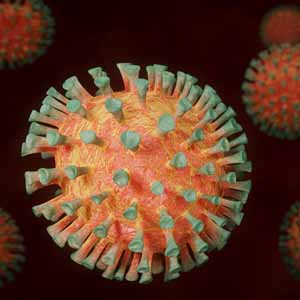 Smart Citations
Smart CitationsSee how this article has been cited at scite.ai
scite shows how a scientific paper has been cited by providing the context of the citation, a classification describing whether it supports, mentions, or contrasts the cited claim, and a label indicating in which section the citation was made.
Diaphragm impairment in patients admitted for severe COVID-19
Among patients affected by the virus COVID-19, physicians have observed ventilation disorders. It is relevant to assess neurological involvement, including the role of diaphragmatic function. Its possible impairment could be related to the systemic inflammatory response and disease progression that both typify COVID-19 infection. We distinguished two groups (severe group (SG) and mild group (MG)) according to the severity of respiratory symptomatology. We performed neurophysiological and sonography studies to evaluate the diaphragmatic function. Regarding the sonography variables, we identified statistically significant differences in the right mean diaphragmatic thickness along with the expiration, showing 1.56 mm (SEM: 0.11) in the SG vs 1.92 mm (SEM: 0.19) in the MG (p = 0.042). The contractibility of both hemidiaphragms was 15% lower in the severe group, though this difference is not statistically significant. In our examination of the neurophysiological variables, in the amplitude responses, we observed a greater difference between responses from both phrenic nerves as follows: the raw differences in amplitude were 0.40 μV (SEM: 0.14) in the SG vs 0.35 μV (SEM: 0.19) in the MG and the percentage difference was 25.92% (SEM: 7.22) in the SG vs 16.28% (SEM: 4.38%) in the MG. Although diaphragmatic dysfunction is difficult to detect, our combined functional and morphological approach with phrenic electroneurograms and chest ultrasounds could improve diagnostic sensitivity. We suggest that diaphragmatic dysfunction could play a relevant role in respiratory disturbance in hospitalised patients with severe COVID-19.
Downloads
How to Cite
PAGEPress has chosen to apply the Creative Commons Attribution NonCommercial 4.0 International License (CC BY-NC 4.0) to all manuscripts to be published.

 https://doi.org/10.4081/ejtm.2022.10460
https://doi.org/10.4081/ejtm.2022.10460





